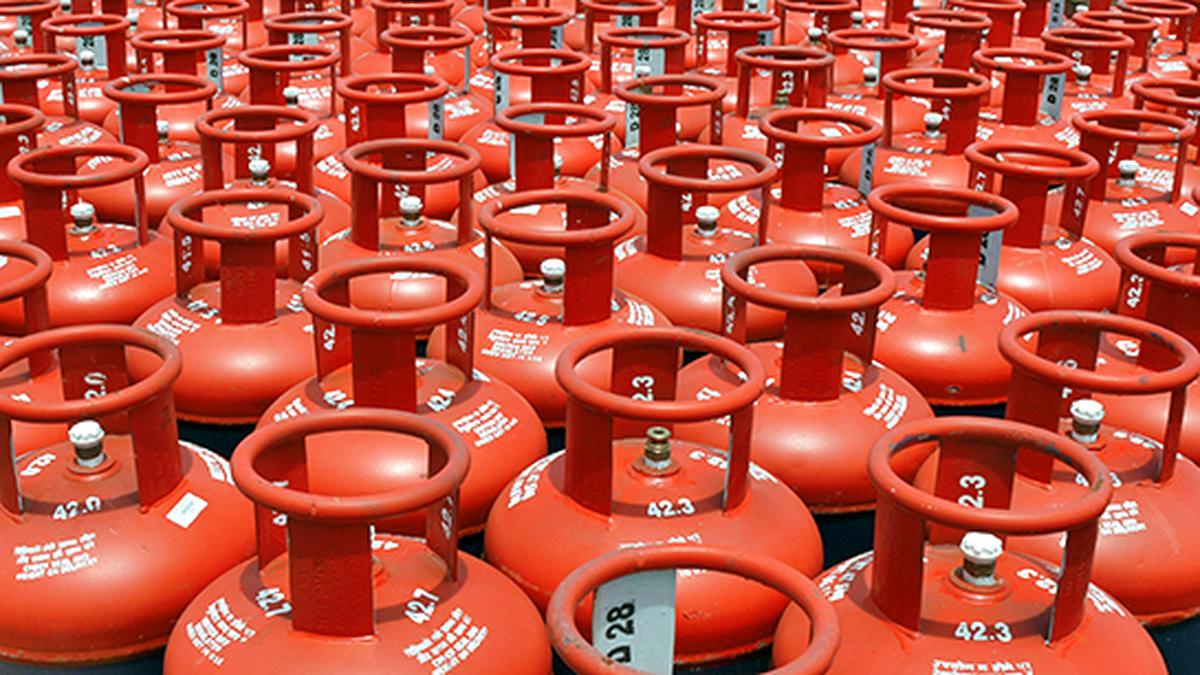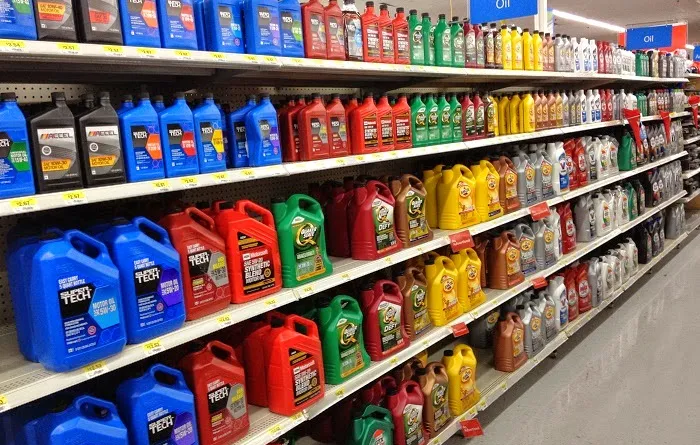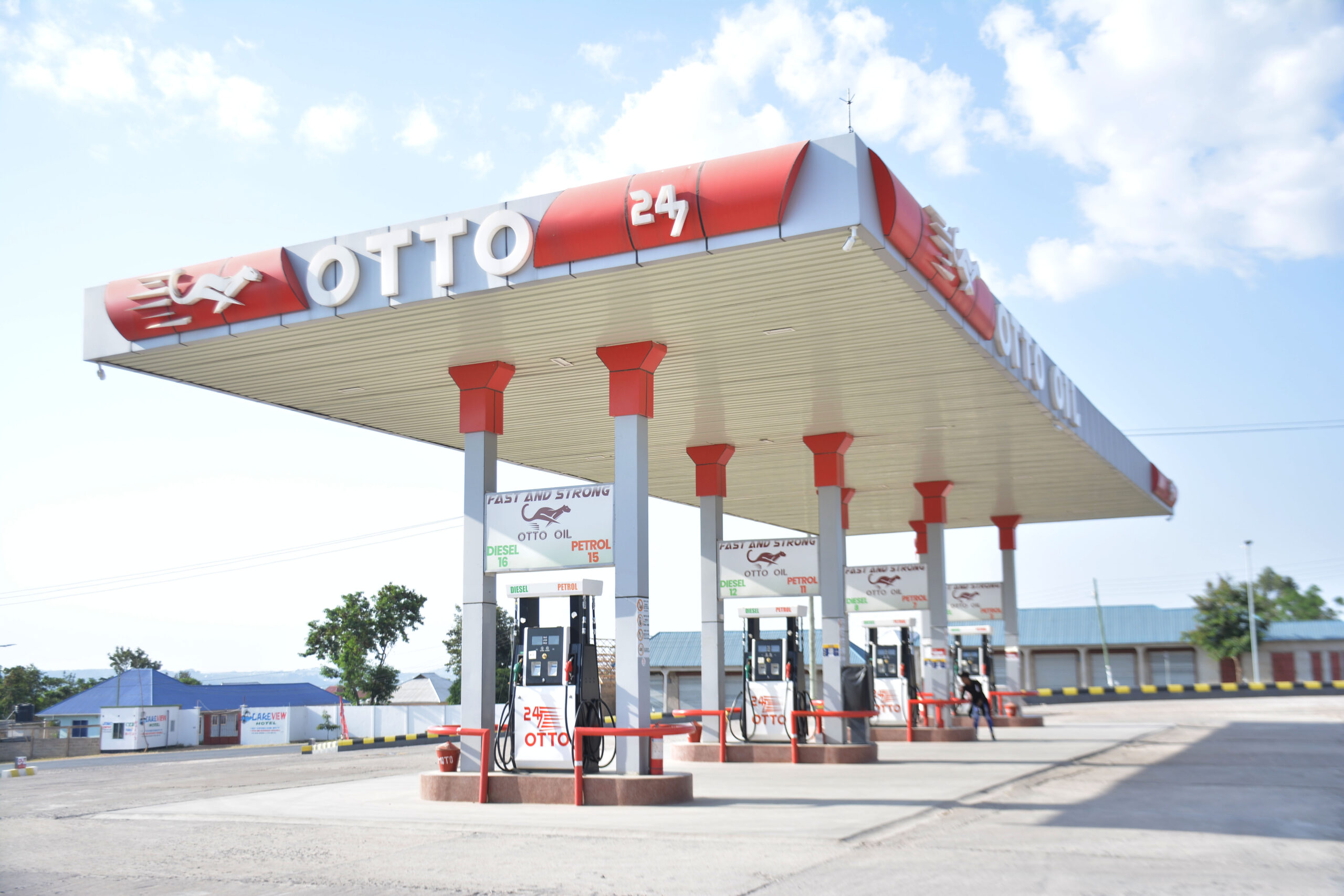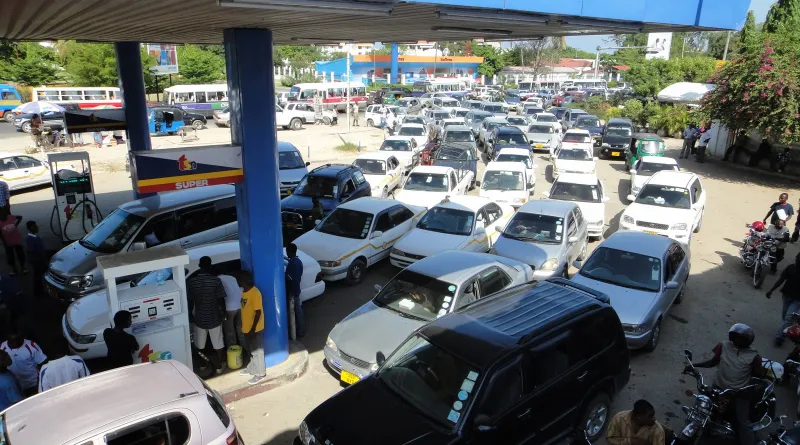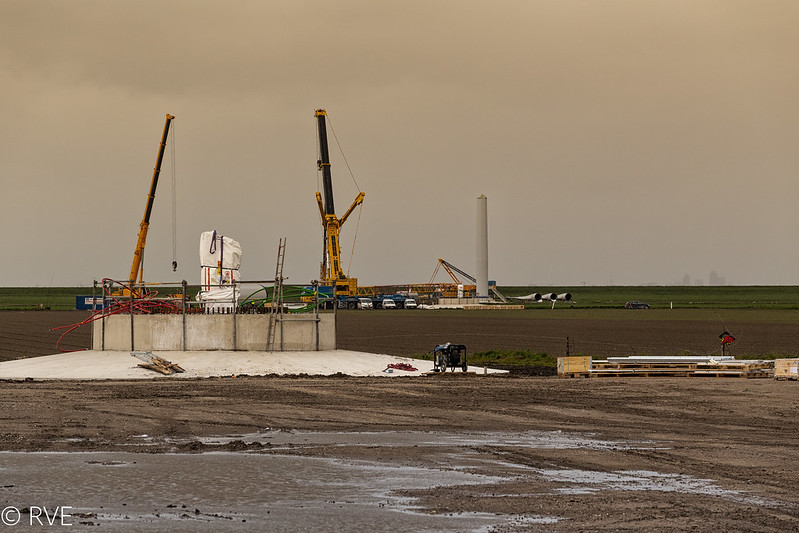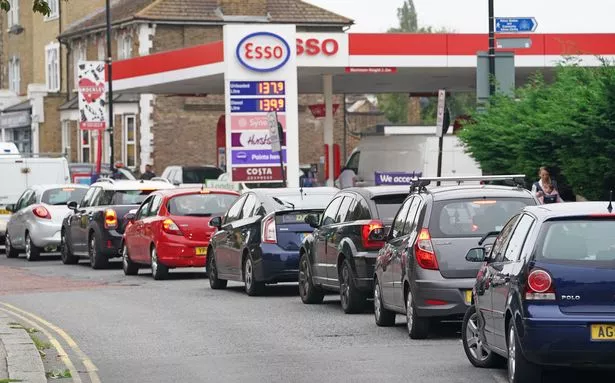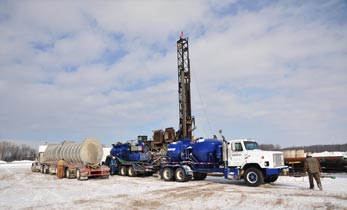Petroleum is among one of the valuable natural resources available in Tanzania.
People everywhere use petroleum products as fuel in their vehicles, for industrial plants, and for domestic purposes.
Thus, makes petroleum products an essential commodity that is needed for the daily operation of individual, industrial, and national activities. Tanzania does not produce oil, so it is a net importer of all petroleum products for the servicing of the economy. Such petroleum products as diesel, petrol, and LPG.
Tanzania has registered steady petroleum product growth yearly, driven mainly by petrol, diesel, and LPG.
The consumption of petrol and diesel that are mostly distributed/sold through Petrol Stations has been increasing at an average rate of about 7% per year while petrol stations have been growing at almost the same average rate of about 8%.
What are the factors driving up the demand of fuel and petrol station? Where do the opportunities lie? Read on:
1. Increasing the number of vehicles on the road.
There is an increase in buses on the road. According to the international energy agency, Tanzania has a large bus fleet.
Most important is the emerging mode of transportation. There are tricycles, or boda-boda, as everyone calls it, which have increased the demand for petroleum products in Tanzania.
Why is this an opportunity? Selecting suitable petrol site locations relative to pocket demand and enhancing ancillary services such as car wash will be essentials for petrol station owners and operators to grow their business as the market evolves.
2. Private sector logistics and transportation activities are on the rise in Tanzania.
Logistics and transportation companies are busy due to new development in mining, such as coal and natural gas exploration and agriculture activities.
Why is this an opportunity? On average, logistics and transport companies spend 40 percent of their budget on fuel costs. Having an agreement with transporters can support you to achieve your targeted fuel sales.
3.The government’s willingness and international investors to invest more in agriculture and fractures.
Tanzania has been rapidly developing over the past few years. This growth can be attributed to consistent public investment from the government and several sectors, including the construction, energy, finance, and agriculture sector.
For example, the Tanzania government has signed an agreement with the World Bank for a grant amounting to USD 4.5 million, which is set to help provide water to citizens.
Read also:Lubricants(Engine Oil): A Closer Look At a Competitive, Growing Market in Tanzania and Africa
Tanzania has been rapidly developing over the past few years. This growth can be attributed to consistent public investment from the government in several sectors ranging from the energy sector to advancement in the telecommunication and finance sector.
Why is this Opportunity? The investment in new projects will create thousands of employment and require the purchase and importation of vehicles specific to each industry, driving demand for automotive and industrial finished lubricants across many industry sectors and driving demand for diesel, petrol, and lubricants fuels.
4.Increase the use of generators. In most situations. We are lucky to have quick access to electricity from the power grid. But sometimes, we face situations where there is no power available. And that’s when generators come in handy.
Why is this opportunity? To copy with power failure, homeowners and businesses install standby generators to ensure they have steady power when the unexpected happens. All these generators run on diesel or petrol that you can set up in your own fuel station and get income selling it.
Petrol Station Investment Costs In Tanzania
The cost of building the moderate Petrol Station consists of four main cost groups: civil work costs, mechanical work costs, electrical work costs, and safety & Security costs (mainly firefighting & lighting systems). Other costs include permits, license fees, fuel dispensing pumps, and underground storage tanks.
A typical Petrol Station with a storage capacity of 2 storage tanks (20,000 liters petrol and 25,000 liters diesel) may cost between Tzsh 450 million to 1 billion.
Operating Expenses
There are also operating expenses, including labor costs, salary utility/electricity, water, and security,
How Much Do Petrol Stations Make?
It is very hard to determine how much you can make from the petrol station because it depends on the following factors: location, operation costs, electricity, labor costs, and fuel supply costs. But an average petrol station’s sales are about 2500liters to 6000liters per day.
Let’s do the math on that. The current profit margin is Tzs 108 per liter. So, if you sell 5000 liters a day will make you TZS 108 ×5000liters = TZS 540,000. In a month, you will have a profit margin of TZS 30 ×540,000 = TZS 16,200,000.That means you will be collecting Tzs16,200,000 per month.
Reducing Petrol Station Risks and The Groundwork for Success.
1. Purchase and supply difference
The big financial risk in the Petrol station business is sales and purchase differences. You may buy diesel or petrol products when the price is high, but you must sell for less due to market conditions. And it can be vice versa too. So in the fuel business, you must observe the market very minutely, which is key to success.
2. Fuel price fluctuation.
Your finger must always be on the market pulse, and you must determine the rate fluctuation well in time. It will help you in buying and selling products. You must have a good stock of LPG when you smell the price is going to be high, and you must finish your stock quickly when you feel that the market is going the price is going to be down.
3. Buying
Product buying is also important. It would be best if you always tried to get a better buying price to offer a good price to the end consumer.
4. Handle logistics properly.
Your petrol station should be designed according to local standards. The Driver must be fully trained to drive the vehicle, and the petrol station operation vehicle must always avoid leakage or wastage during loading and offloading.
Five Start-Up Steps For Investors
Don’t rush into the petrol station business; examine all aspects. You will save money if you go into this business methodically. Consider the following steps, and you will increase your chance of success.
Four steps will lay the ground for success.
1. Study the industry. Understand the fuel consumption, the foreseeable demand and supply within the industry, growth trends, and the top fuel providers in Tanzania. This encompasses their standing, market strategies, strengths, potential growth areas, and other metrics such as market share, annual growth rate, monthly/annual metrics
2. Location: Location is paramount to success. The amount of time and diligence you put into finding a suitable petrol station site location is 80% of whether you make it. Analyze competitors, type, and number of vehicles in your location. Also, analyze the accessibility and visibility of your site.
3. Government Agencies: Check out with all regulatory agencies for licenses and permits, their fees, steps, and procedures.
4. Fuel Providers: Find reliable fuel providers who will supply you with fuel at good rates.
What are you building? Is it working?
It’s okay to not have all the answer. Let’s make goo decisions together. Let’s build together.

